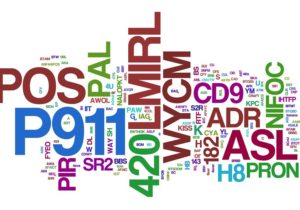The I in Team
A recent Chronicle of Higher Ed article argues that “team science leaves many researchers lost in the crowd.” Though the article centers on the challenges of assigning appropriate credit for discovery of the Higgs bosun—papers describing which frequently list some 2,800+ authors—the problem of assigning credit and the tenure and promotion benefits that flow from it apply even more squarely to biomedical research. This is particularly obvious in consortia-driven areas such as genetics, but almost all researchers face the challenge in some way.
“For nearly all disciplines today,” writs Paul Voorhees, “team science is the rule…Yet scientific papers, when assigning credit, still use a simple formula: a list. For the primary authors on these papers, who garner renown for a study, such a system can work out just fine. But other scientists, many possessing vital talents, have found themselves lost in a sea of co-authors.”
Calling biomedicine “ground zero for this dilemma,” he goes on to note, “Many researchers specialize in bioinformatics or biostatistics, for example, and their sophisticated analysis can be essential to every paper published by a team. Yet, unless they are canny in arranging how credit is apportioned, they could easily see themselves without a lead authorship when the team’s suite of papers is released.”
Do you work in large consortia or other teams? Are you one of a hundred authors on many of your papers? What are your thoughts on how much of a problem this is for you or in general, and on to assign appropriate credit for the work?
Read the full article: Team Science Leaves Many Researchers Lost in the Crowd.






0 Comments